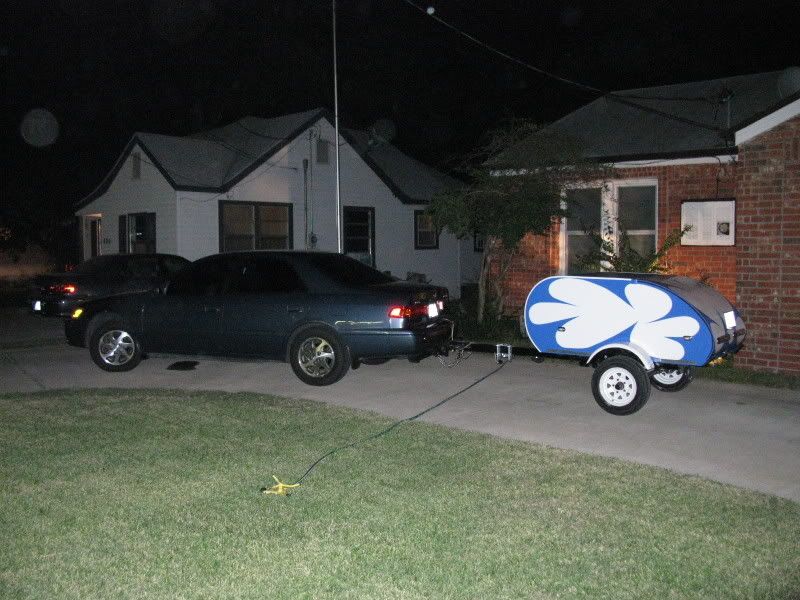There is power and there is power. Back in the 70s and 80s, it was almost impossible to purchase a modest car with significantly over 100 HP, and small cars had 60-85 HP. It was adequate, but certainly not surplus power. Top speeds typically fell short of 100 mph, but that was ok, since the speed limit was 55mph. Even the Corvette in 1975 had only 165 HP.
Fast forward to today, and most small cars have 130-200 hp, with only the smallest cars having under 120. The Chevy Cruze has 138 HP. The Mazda 3 has 167 (more than a '75 'Vette). My experience is that virtually anything built today will outrun virtually anything from 35 years ago. Today's cars will cruise the interstate effortlessly at 75-85 mph, while 35 years ago, most cars were pretty close to topped out at that speed.
I drive "older" cars (a '95 and an '01). The '01 will run circles around the '95, up to about 70mph, when the roles reverse. When I have a chance to drive newer cars, I am always struck by how much more acceleration they have than my cars do.
I suspect that that may not be linear when towing, particularly with an automatic transmission, however. New cars are geared for optimum cruising efficiency, while my '01 takes more of a "shoot up the middle" approach, keeping the engine revs higher, which keeps me more in my peak power curve. If you work the gears on your new car manually, and run the revs up into the power curve, a new car would have more power, at the expense of the gas mileage.
Tow capacities are plummeting on 2012 cars...
67 posts
• Page 3 of 5 • 1, 2, 3, 4, 5
- Mojave Bob
- Teardrop Master
- Posts: 165
- Images: 46
- Joined: Wed Jul 13, 2011 8:19 am
- Location: Northern Indiana
Larry C wrote: In 1985 I bought a Toyota Tercel with a 1.5L engine. I would frequently take backpacking trips where I would drive 1000 miles or more with 4 people and 4 full packs, get 42MPG, and pull all hills the mountains could throw at us.
Today's cars, with engines almost twice the size would be hard pressed to carry the same load without struggling. I kept the Tercel for 19.5 years.
Larry
Your '85 Tercel had 63 HP. Most '85 Tercels had a 4-speed manual transmission or a 3-speed auto (a 5-speed manual was available). Either one had the rpm running about 3000 or more at 55 mph (my '78 Plymouth Arrow ran 3200 rpm at 55mph and got 41 mpg). So, at 55mph, you had access to pretty much the whole 63 HP. On a newer car, you would have to be running closer to 90 mph to get the engine up to 3000 rpm. At 1800 rpm (55mph typical), you might only be producing 40 HP or so. A new car might not reach peak power output until 4500rpm. So, if you want strong acceleration, downshift ... way down. Try mashing the gas in 2nd gear, and watch the tach. Make note of what rpm the tach shows when you feel the power kick in. You really have to rev it up, but it'll go.
- Mojave Bob
- Teardrop Master
- Posts: 165
- Images: 46
- Joined: Wed Jul 13, 2011 8:19 am
- Location: Northern Indiana

